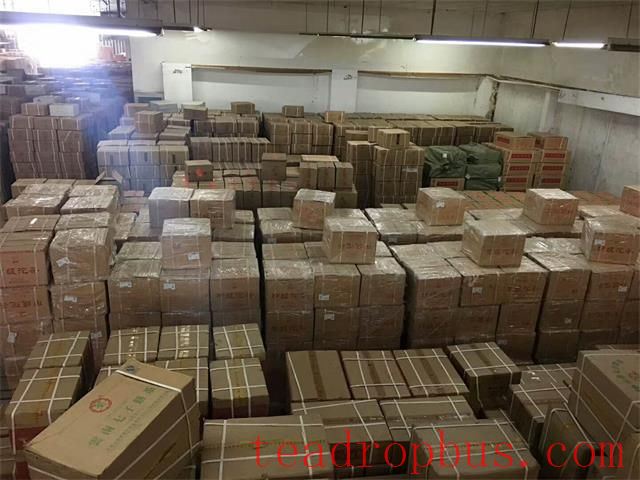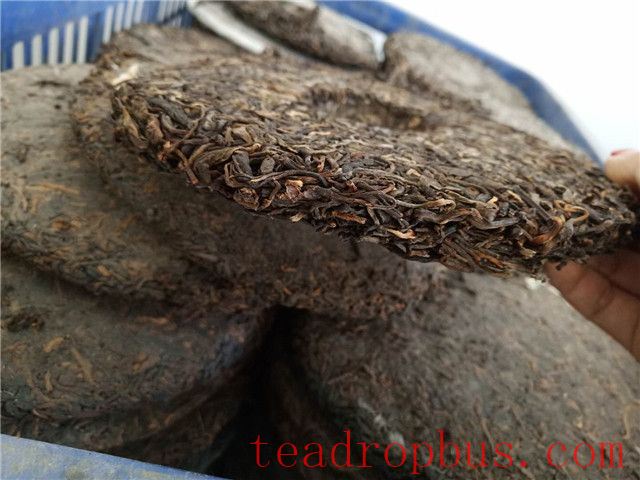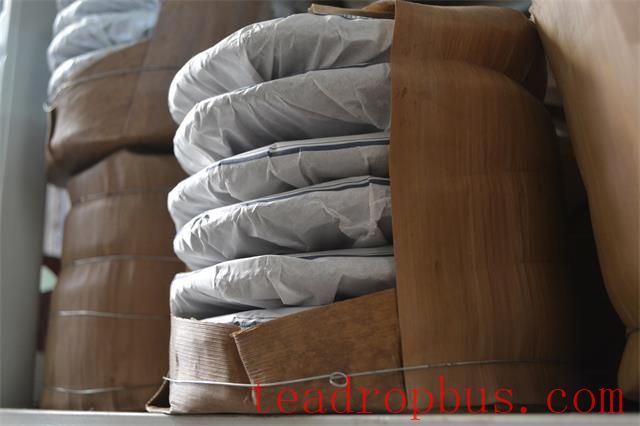For Pu'er Tea, a “wet warehouse” does indeed have an accelerating effect on aging. The “aging” process of Pu'er tea is essentially an “oxidation” process. During storage, oxidation in Pu'er tea can be categorized into three types: autoxidation, polyphenol oxidation, and enzymatic oxidation under the influence of microorganisms.

Does the Use of a “Wet Warehouse” Accelerate the Aging of Pu'er Tea?
Too humid an environment can cause rapid changes in Pu'er tea, often leading to “moldiness,” rendering the tea undrinkable; additionally, microorganisms brought in by external moisture may cause undesirable microbial activity, resulting in poor quality changes.
Too dry an environment will slow down the aging of Pu'er tea and make it become “dry,” leaving a feeling of thirst in the throat after consumption. Therefore, when storing Pu'er tea, humidity should be strictly controlled at below 75%.
In coastal areas with warm maritime climates, humidity can exceed 75% during the plum rain season, so special attention should be paid to timely ventilation to dissipate moisture.

Modern professional tea warehousing: By strictly controlling and lowering the humidity within the tea warehouse, although the tea will not mold or deteriorate, its transformation rate is very slow, this is known as “pure dry storage.”
The moisture content of tea stored in pure dry conditions is generally between 7% and 10%, while tea with a moisture content between 11% and 14% will experience a return to moisture, thus accelerating its transformation.
The Tea Cang team has scientifically determined that without a certain level of humidity, the transformation of the internal substances of the tea is difficult. If the air humidity is too high and increases the tea's own humidity, while accelerating the tea's transformation, it can also easily trigger mold growth.
How to “nurture tea” by providing appropriate humidity conditions for the air humidity of the tea storage environment and the moisture content of the tea is a crucial factor in collecting Pu'er tea.

If the air humidity and moisture content of the tea in the storage environment are too high, they provide the tea with conditions for a return to moisture and oxidation, accelerating color change. But how will this affect the aroma and taste? Will there be any loss?
We all have the experience of drinking raw Pu'er tea and ripe Pu'er tea, where the ripe tea is not astringent but has a “bitter base.” This suggests that in an overly humid environment, the transformation speed of tannins (which cause astringency) exceeds that of alkaloids, meaning that the transformation rate of polyphenolic compounds exceeds that of alkaloid substances in the tea.
In the taste components of tea, alkaloids present a bitter flavor, which is why ripe teas are not astringent but can be bitter.
Tea stored in a warehouse is active tea. Various quality indicators coexist and interact with each other. Professional practices with data and standards should be employed to scientifically nurture the tea, guiding the transformation of its internal substances towards our desired outcomes.